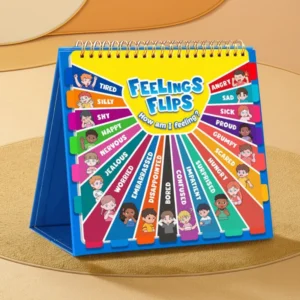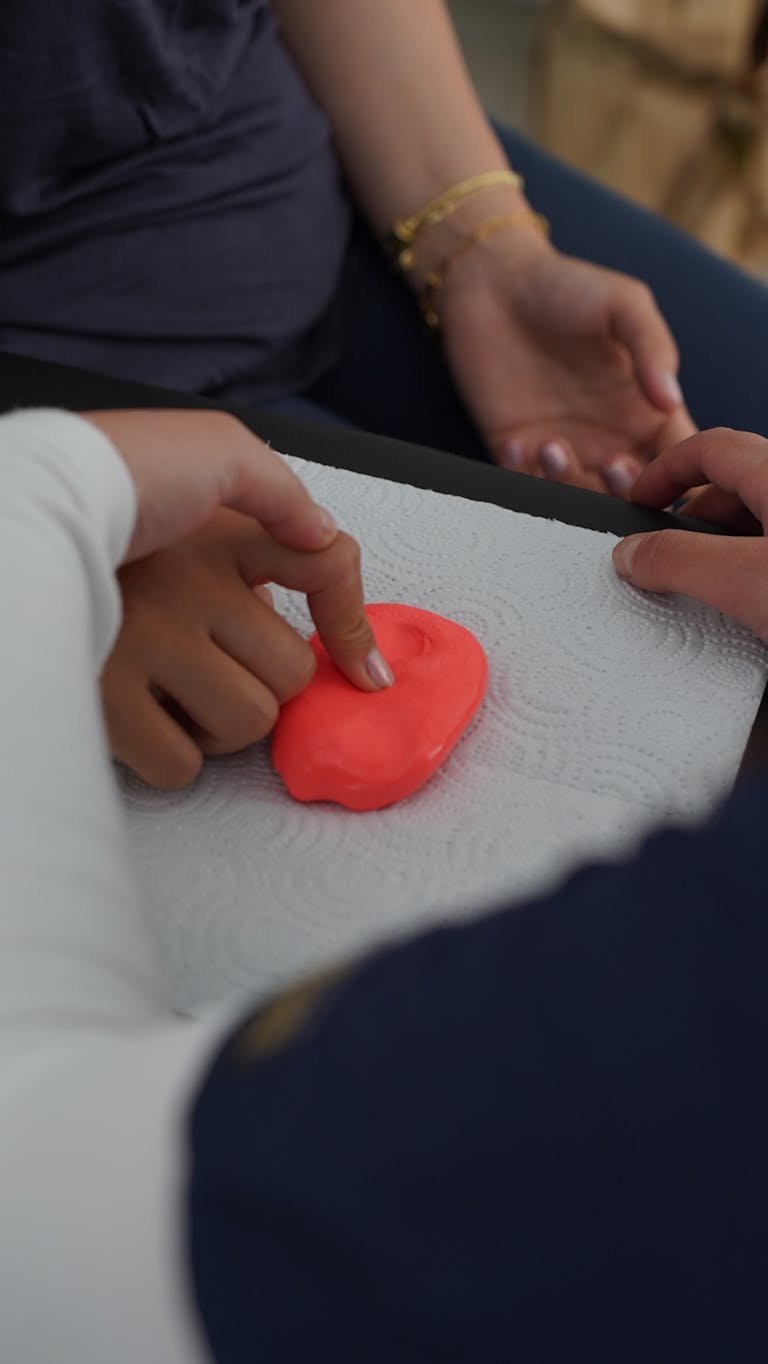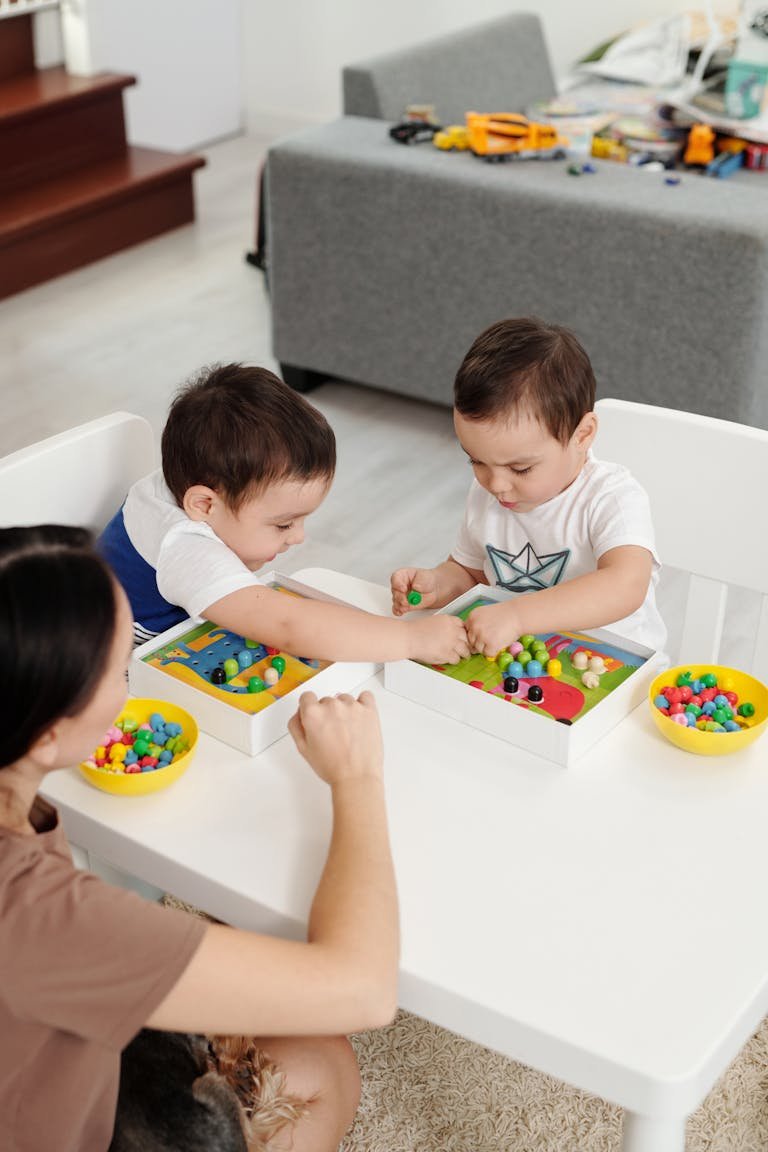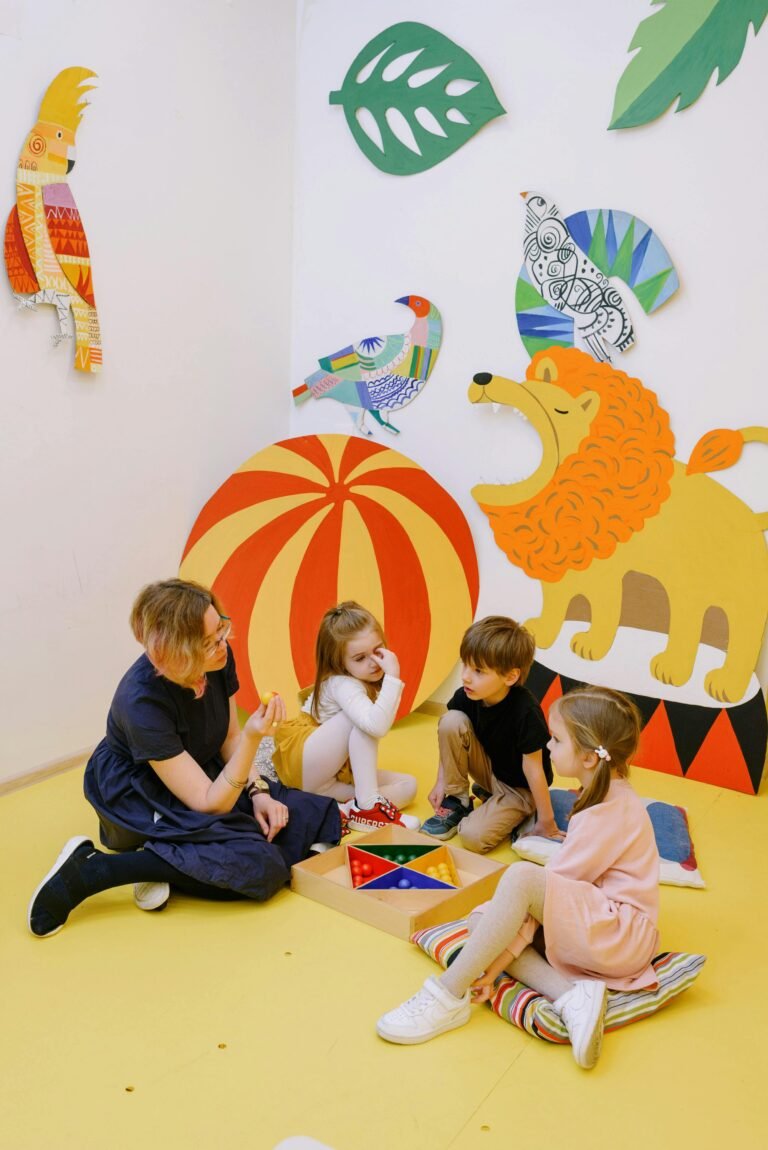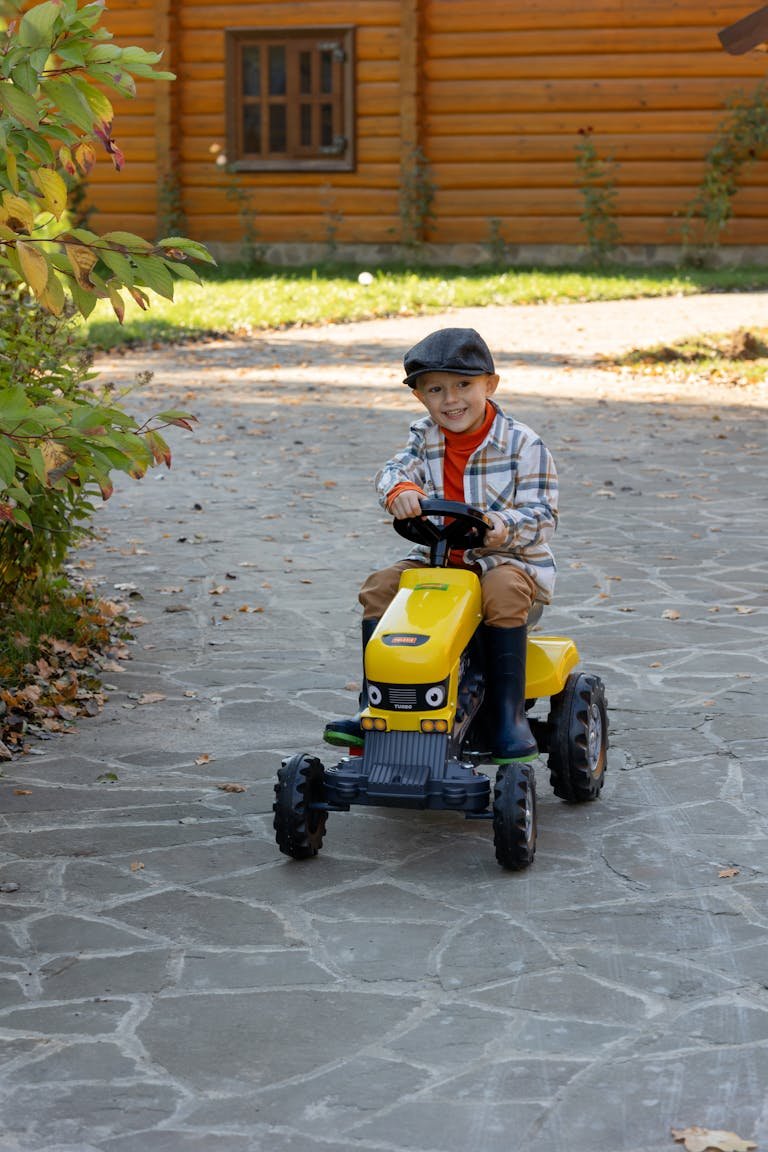
Hey incredible parents and fellow dedicated therapists! Navigating the world of autism support… wow, it’s a journey, isn’t it? Like setting sail on a huge ocean – full of hope, yes, but also sometimes feeling a bit swamped by all the info out there. You’re here because you want the absolute best for your child or your clients, and having things crystal clear? That’s everything.
I’m here with you. I’ve been right there in the beautiful, sometimes messy, wonderful trenches since 2019 as an RBT, working alongside amazing families and their kids with autism. I’ve seen the triumphs, the challenges, and the incredible potential within each child. And through it all, I’ve lived and breathed Applied Behavior Analysis (ABA). I want to walk through what ethical ABA means to me, honestly and clearly, just like we’re chatting over a cafecito.
Soon, you’ll also find a lot of my heart and experience poured into www.tbtb.life – my little corner of the internet dedicated to building bridges and sharing knowledge for this very journey.
So, This “Ethical ABA Therapy” Thing… What’s the Real Deal?
Let’s ditch the jargon for a second. Forget thinking of ABA as some stiff “program.” I see it more like being a supportive, informed detective, always in tune with the child. It’s built on the science of how we learn – big thinkers like B.F. Skinner laid the groundwork – but its real power, its heart, truly blossomed when it started focusing on helping the autism community thrive back in the 1960s.
At its core, the ethical ABA I practice and believe in is about truly understanding why a behavior is happening (the “function”). It’s like understanding the message behind the words, or the action. And using that understanding? To teach skills that matter. Skills that bring more joy, more connection, more independence.
Imagine a child finding their voice, maybe for the first time, to ask for a favorite toy. Or feeling more confident joining in a game. Mastering the steps to get ready for school independently. Learning how to navigate those tricky, overwhelming moments with more calm. That’s the goal: empowering the individual, boosting their quality of life, always guided by their unique strengths and needs. It’s a collaborative science, focused on building up, on positive, meaningful change.
Okay, Let’s Bust Some Myths – Let’s Clear the Air!
Being in this world means you hear a lot. Let’s clear the air on some persistent myths that really need to go:
Myth: ABA therapy “cures” autism.
- Reality: Look, autism isn’t a sickness to be cured. It’s a fundamental part of who someone is, a different way the brain is wired, a different way of experiencing the beautiful chaos of the world. Ethical ABA, the kind we champion at TBTB.life, celebrates neurodiversity. It’s not about changing who someone is, but about teaching skills that help them navigate this world more effectively and happily, on their terms. Think of it as building sturdy, beautiful bridges for connection and understanding, not trying to change the blueprint of the person.
Myth: ABA therapy is rigid, one-size-fits-all, like robotic training.
- Reality: If it feels robotic, that is not good ABA! Truly effective, ethical ABA? It’s as unique as each child I’ve ever worked with (and trust me, with two kids of my own and years as an RBT, I’ve seen a lot of beautiful individuality!). A skilled BCBA, working with the family and the RBTs who spend the most time with the child, designs plans around that child’s specific strengths (we leverage those!), their huge interests (obsessions? we call them passions!), and the real-life challenges they face. It’s got to be flexible, dynamic, and honestly? It should feel engaging, even playful!
Myth: ABA forces kids to act “normal” and suppresses their individuality.
- Reality: This is a shadow from outdated practices, practices we need to acknowledge and learn from. Modern, ethical ABA respects individuality and self-expression – yes, that includes stimming, unless it’s causing harm (and then we teach a safer replacement). The focus is laser-sharp on skills that genuinely enhance their daily living, their happiness, their ability to connect. Think clear communication (in whatever form works best for them – words, signs, AAC!), building independence, staying safe, and having positive interactions. Always, always prioritizing the individual’s dignity and making sure they are comfortable and willing to participate (we call this assent!).
Let’s Talk Honestly: ABA’s Evolution and Why We Must Do Better
It’s absolutely vital to talk about the valid criticisms ABA has faced. We have to own this history and learn from it.
Yes, some approaches in the past did focus too much on making kids appear “normal” without truly considering their well-being or perspective. And the stories shared by autistic individuals about negative experiences with poorly implemented or outdated ABA? Those are real, they are important, and we must listen and learn from them to shape our practice today and tomorrow.
This is exactly why choosing ethical, modern ABA providers is not just important, but paramount. Today’s ethical standards, like those from the BACB (the certifying body), demand a different way of practicing:
- Client-centered: The individual and their family are at the heart of goal setting. What is meaningful to them? That’s our focus.
- Compassion and Dignity: Every interaction is rooted in respect for the learner. Period.
- Focus on Positive Reinforcement: We build skills up! We don’t just focus on stopping behaviors; we teach new, more effective ways to get needs met.
- Transparency: Open, honest, and frequent communication with families isn’t an option; it’s essential. You are the expert on your child!
- Assent: Is the learner willing? Are they comfortable? Their voice and comfort matter every step of the way.
The Real Wins: Seeing Growth Through Quality ABA
When ABA is done ethically, skillfully, and with heart, the positive impact for countless families is simply undeniable. I’ve seen it firsthand since 2019:
- Communication Opening Up: Oh, the sheer joy when a child finds a way to express their needs, their wants, their feelings! Whether it’s saying “more,” pointing to a picture, or using a communication device – it’s pure magic, a true breakthrough.
- Connecting More Easily: Building skills to navigate friendships, understanding those sometimes-confusing social cues, feeling more at ease connecting with family and peers. It’s beautiful to witness.
- Stepping Towards Independence: Mastering daily skills – getting dressed, helping set the table, personal hygiene. These build confidence and make a real difference in daily life.
- Seeing Progress, Clearly: ABA is data-driven. We don’t guess! We track progress carefully. This means you and the therapy team can see what’s working and adjust strategies effectively. You witness the growth, the small (and sometimes big!) victories.
- More Peace, More Joy: As skills develop and challenging behaviors decrease (often because the child’s needs are finally being understood and met!), life often becomes less stressful and more joyful for everyone involved – the child, the parents, the whole family. It’s like the volume of the house turns down a notch, and the laughter gets louder.
Your Role? It’s the Key!: Partnering for the Best Experience
You, the parents, the caregivers – you are the absolute experts on your child! Ensuring therapy is effective and feels right is a total team effort. Think of it as a beautiful dance where everyone has a crucial part. Here’s how you are a powerful partner:
- Vet Your Provider: Look for Board Certified Behavior Analysts (BCBAs). Ask everything. Ask about their experience, their approach to ethics, how they ensure assent, and don’t hesitate to ask for references. Listen to your gut – always.
- Demand Individualization: The therapy plan must feel custom-made. Does it light up your child’s interests? Does it target goals that truly matter to your family, your child’s daily life? If it feels generic, ask questions.
- Stay Connected, Talk Often: Keep those lines of communication wide open with the therapy team. Share what you’re seeing at home, your insights, your concerns. You see your child in all their environments – that information is gold! Ask questions, share observations, be a part of the conversation.
- A Little Experiment for This Week: How about this? This week, make a point of noticing just one small success. Maybe it was your child trying a new food, using a communication strategy you’ve been working on, or navigating a tricky moment with a sibling a little more smoothly. Celebrate that win! Share it with your therapist. Focusing on these positive steps builds incredible momentum and reminds us of the amazing progress being made, day by day.
ABA and Other Therapies: Working Together, Not Against
It’s very common, and often incredibly beneficial, for kids to receive support from multiple therapies. ABA isn’t meant to replace other valuable interventions; it works alongside them, often amplifying their impact. Think of us all on the same team, just with different specialties.
- Occupational Therapy (OT): OT focuses on things like fine and gross motor skills, sensory processing (the incredible, sometimes overwhelming, world of senses!), and daily living tasks. ABA can help take the skills learned in OT and weave them into everyday routines, and help address behaviors linked to sensory needs or motor challenges by understanding why they happen. We align our goals!
- Speech-Language Therapy (SLP): SLPs work on articulation, understanding language, social communication nuances, and alternative ways to communicate like AAC devices. ABA integrates communication goals throughout the entire day, focusing on using language functionally – asking for things, making comments, asking questions in real-life situations – and uses behavioral principles to teach and reinforce these vital skills, including using those amazing AAC systems.
- Floortime (DIR Model): This is all about relationships, following the child’s lead, building emotional connection through play. While Floortime builds that beautiful connection, ABA can bring a systematic way to build specific skills or address challenging behaviors that might be getting in the way of that connection, using data to guide our approach. Both value the child’s interests deeply!
- TEACCH (Structured Teaching): TEACCH is brilliant at using structure, visuals, and predictable routines to build independence and understanding. ABA loves visual supports and structure! We often incorporate TEACCH principles. ABA adds that layer of really analyzing the function of behavior within those structures and systematically teaching new skills using positive reinforcement.
- Relationship Development Intervention (RDI): RDI digs deep into social-emotional intelligence and dynamic thinking within relationships, often guided by parents. While RDI focuses on those subtle relational dances, ABA can offer targeted strategies for specific social skills (like how to join a game or respond when a friend talks to you) and uses data to track progress in real social moments.
- Social Skills Groups: Great for practicing interactions in a group setting. ABA provides the individualized understanding and support before and during the group, helping kids use those new social skills in other places and addressing anything that might be making it hard for them to participate.
What Makes ABA Stand Out? Its unique strength, when done ethically and well, is its systematic, deeply individualized, and data-driven approach. It’s about truly understanding why a behavior is happening and teaching new, effective ways for the individual to get their needs met, leading to measurable, visible progress on goals that truly enhance their life.
The Journey Continues… and We’re Building a Community
ABA therapy, at its heart, isn’t about changing the wonderful person your child is. It’s about equipping them with the tools, the strategies, and the confidence to navigate their world, to communicate effectively, and to live their most fulfilling life. It’s a genuine partnership, a collaborative adventure.
Exploring resources can be a fantastic next step on this path. Keep an eye on www.tbtb.life – I’m curating resources and tools there that I believe in, things that can support communication, daily routines, and positive learning, all based on these ethical principles. I’m also exploring how AI can help us personalize and enhance these resources even further – imagine tools that adapt even more precisely to your child’s needs!
We’re here to help illuminate the path forward, sharing knowledge and building a supportive community. Because your child’s potential? It is limitless. Let’s unlock it, together.


